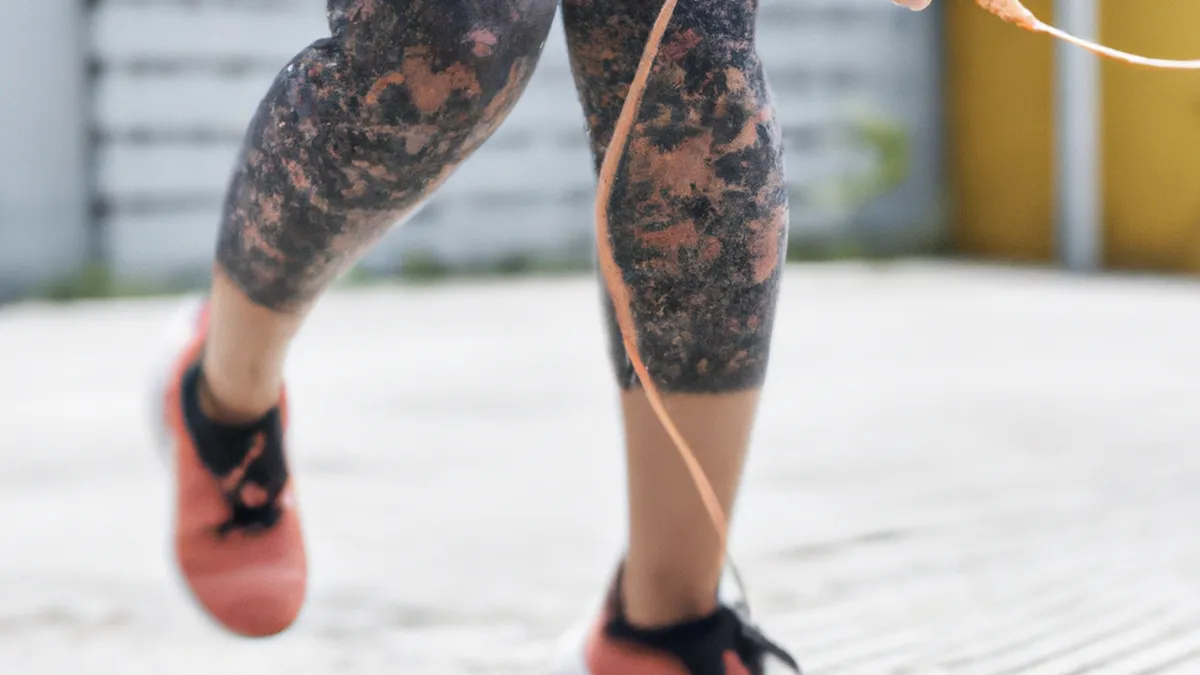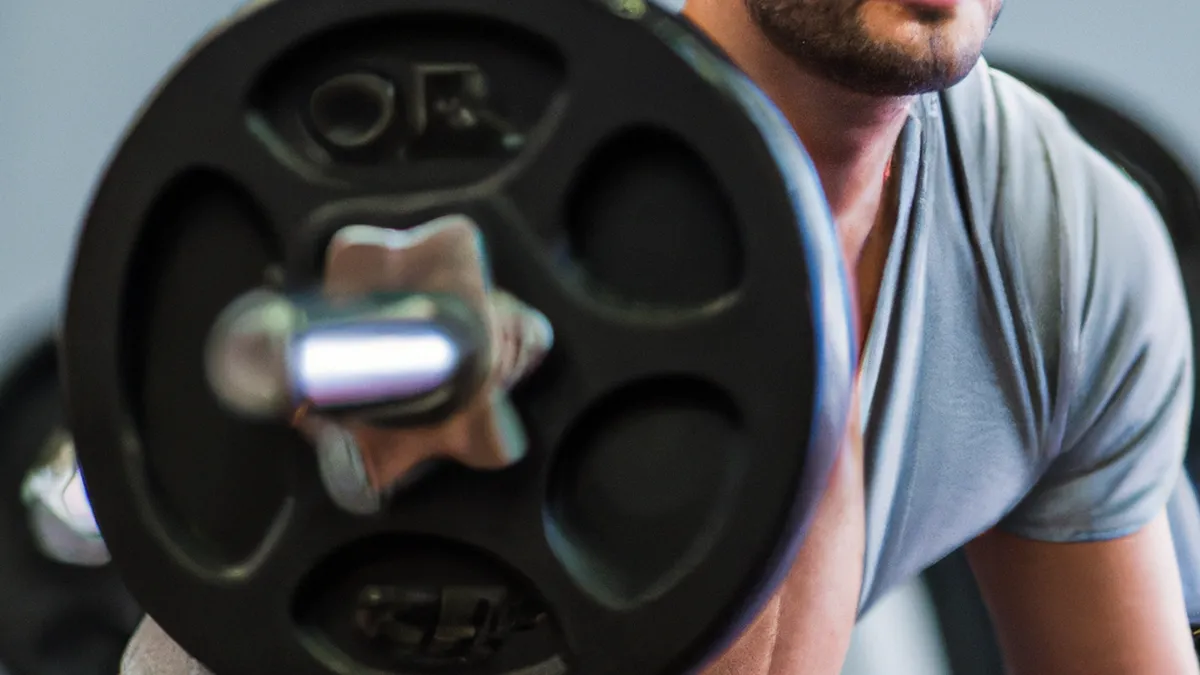Navigate Your Glute Rehab Journey
Rehabilitation Strategies for Glute StrainsGlute strains can cause pain and frustration. They often result from overuse, improper form, or sudden movements. Fortunately, rehabilitation strategies can help you recover and regain strength in your glutes. This post explores effective methods for rehabilitating glute strains.
Understanding Glute Strains
Understanding glute strains is essential before starting rehabilitation. A glute strain occurs when your gluteus maximus, gluteus medius, or gluteus minimus muscles tear. This injury can vary in severity. Symptoms include pain, swelling, and limited mobility.Recognizing glute strain signs early can prompt quicker treatment. If you feel persistent pain or difficulty walking, consult a healthcare professional immediately.
Initial Treatment for Glute Strains
As an Amazon Associate I earn from qualifying purchases.
Gear tip: consider foam yoga wedge, compression sleeves, and compression socks to support this topic.
When you first sustain a glute strain, follow the R.I.C.E. method: Rest, Ice, Compression, and Elevation.
Rest
First, give your body a break. Avoid activities that cause pain. Resting prevents further injury and allows healing. Listen to your body; stop if something hurts.
Ice
Next, apply ice to the affected area. Ice reduces swelling and numbs pain. Use an ice pack for 15-20 minutes every couple of hours for the first 48 hours. Wrap the ice pack in a cloth to protect your skin.
Compression
Consider using a compression bandage. Compression minimizes swelling and provides support. Avoid wrapping it too tightly to prevent blood flow restriction.
Elevation
Finally, elevate the injured area when possible. Keep your leg raised above heart level. This position reduces swelling and promotes circulation.
Rehabilitation Exercises for Glute Strains
Once initial pain subsides, start rehabilitation exercises. Begin slowly and gradually increase intensity. Here are some effective exercises to try.
Glute Bridges
Glute bridges strengthen your glutes and improve flexibility. Lie on your back with bent knees and feet flat on the ground. Press through your heels, lift your hips, and squeeze your glutes. Hold for a few seconds before lowering.
Clamshells
Clamshells target the gluteus medius, which stabilizes the hip. Lie on your side with bent knees. Keep your feet together and lift your top knee while maintaining contact. Lower your knee and repeat.
Standing Kickbacks
Standing kickbacks strengthen your glutes functionally. Stand upright while holding onto a wall or chair for balance. Extend one leg straight back while squeezing your glute. Return to the starting position and switch legs.
Stretching
Incorporate stretching into your rehabilitation routine. Stretching increases flexibility and promotes healing. Focus on stretches targeting the glutes, hamstrings, and hip flexors. Hold each stretch for 20-30 seconds.
Tips for Recovery
Consider these tips to enhance your recovery alongside exercises.
Maintain a Healthy Diet
Nutrition significantly impacts recovery. Eat a balanced diet rich in protein, healthy fats, and vitamins. Foods like lean meats, fish, nuts, and fruits aid muscle repair.
Stay Hydrated
Hydration supports optimal muscle function. Drink plenty of water during rehabilitation. Staying hydrated helps flush out toxins and supports recovery.
Listen to Your Body
Listen to your body during rehabilitation. Stop immediately if an exercise causes pain. Pushing through pain can lead to further injury and delay recovery.
Benefits of Proper Rehabilitation
Proper rehabilitation of glute strains offers many benefits. First, it reduces pain and discomfort. You’ll regain strength and flexibility in your glutes. Rehabilitation also helps prevent future injuries. Strengthening your glutes improves stability and balance, enhancing athletic performance.Additionally, a well-structured rehabilitation program helps you return to activities faster. You’ll feel more confident in your movements, reducing the fear of re-injury.
Conclusion
Recovering from a glute strain can be challenging. However, the right rehabilitation strategies can help you regain strength and mobility. Start with the R.I.C.E. method, then progress to targeted exercises. Maintain a healthy diet and stay hydrated. Listen to your body throughout this process. With patience and persistence, you’ll return to your usual activities, stronger than ever.
Below are related products based on this post:
FAQ
What is a glute strain?
A glute strain occurs when the gluteus maximus, gluteus medius, or gluteus minimus muscles tear. This injury can result from overuse, improper form, or sudden movements. Symptoms typically include pain, swelling, and limited mobility.
What initial treatments should I follow for a glute strain?
The R.I.C.E. method is recommended for initial treatment: Rest, Ice, Compression, and Elevation. Resting helps prevent further injury, while ice reduces swelling and numbs pain. Compression provides support, and elevation helps minimize swelling by promoting circulation.
What exercises can aid in the rehabilitation of a glute strain?
Effective rehabilitation exercises include glute bridges, clamshells, and standing kickbacks. These exercises strengthen the glutes and improve flexibility. Additionally, incorporating stretching into your routine can enhance recovery and increase flexibility in the affected muscles.















Post Comment